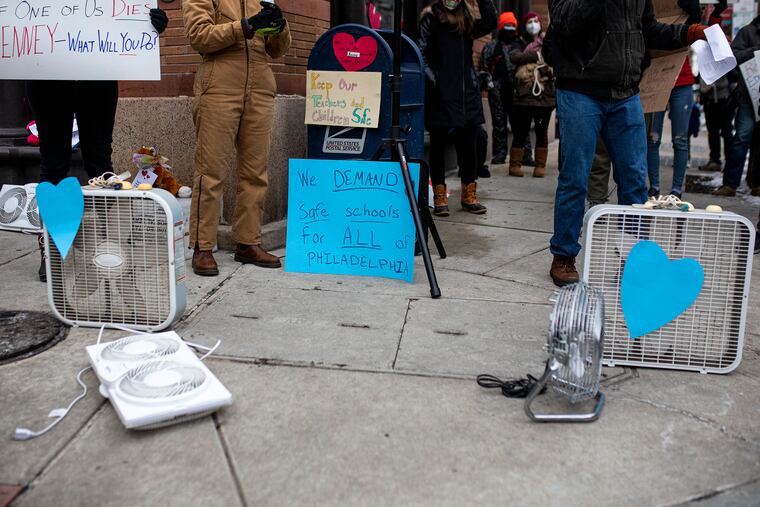Philly should use the schools reopening debate to fix longer-term problems | Opinion
Communities of color already faced plenty of education barriers before the pandemic.

Communities of color already faced plenty of education barriers before the pandemic.
